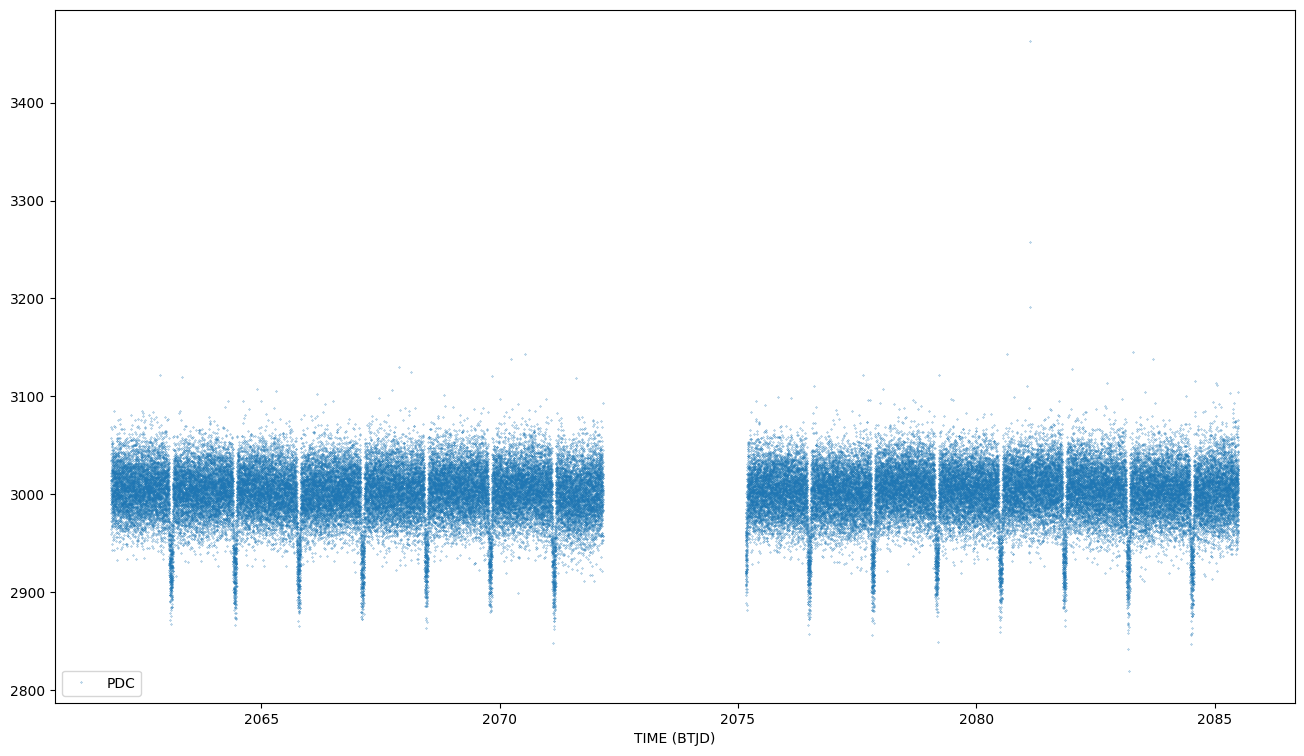 |
|
 |
|
TYC 8017-108-1
Stellar parameters and planets on the system
| Host Star: TYC 8017-108-1 | TYC 8017-108-1 System planets | |||||||||||||||||||||||||||||||||||||||||
|---|---|---|---|---|---|---|---|---|---|---|---|---|---|---|---|---|---|---|---|---|---|---|---|---|---|---|---|---|---|---|---|---|---|---|---|---|---|---|---|---|---|---|
|
|
Photometric data catalogues and tools:
Plot from LIGHTCURVE FITS file

Auxiliary Products:
Plot from LIGHTCURVE FITS file

Auxiliary Products:
Plot from LIGHTCURVE FITS file

Auxiliary Products:
There are no Auxiliary Products files for this observation on Tess Archives
Spectroscopic data catalogues:
|
La Palma, CAHA, Keck, ESO archives |
WASP-4 b
Planet parameters
| Planet Name | Planet Mass | Planet Radius | Semi Major Axis | Orbital Period | Eccentricity | Inclination | Tidally Locked | Angular Distance | Primary Transit Source (JD) | Calculated Planet Temperature(K) | Molecules | Star Distance |
|---|---|---|---|---|---|---|---|---|---|---|---|---|
| WASP-4 b | 1.237 | 1.395 | 0.02312 | 1.33823187 | 0 | 88.8 | 0.000077 | 2454823.59192 | 0 | 300 |
Direct access and visualization for NASA archive
SHOW ERRORBARS Y/N
SHOW ERRORBARS Y/N
| Ref | Type | Facility | Instrum. | Npt | Comments |
| Hoyer et al. 2013 | phot | 4.1m Southern Astrophysical Research (SOAR) Telescope at Cerro Pachon | SOI | 3 | HOYER ET AL 2013 We have observed a total of 12 transits of WASP-4b, between August 2008 and September 20112.Three transits were observed with the SOI at the SOAR telescope and the remaining nine were observed with the Y4KCAM at the 1-m CTIO telescope. The first ten transits were observed using a Bessell I or Cousins I filter. For the 2011 transit observations we use the 4x4 binning mode of the Y4KCam and a Cousins R filter.The observing log is summarized in Table 1 https://arxiv.org/pdf/1306.0489.pdf |
| Hoyer et al. 2013 | phot | The Small and Medium Research Telescope System (SMARTS) Yale 1.0m Telescope at Cerro Tololo Inter-American Observatory (CTIO) | Y4KCam | 9 | HOYER ET AL 2013 We have observed a total of 12 transits of WASP-4b, between August 2008 and September 20112.Three transits were observed with the SOI at the SOAR telescope and the remaining nine were observed with the Y4KCAM at the 1-m CTIO telescope. The first ten transits were observed using a Bessell I or Cousins I filter. For the 2011 transit observations we use the 4x4 binning mode of the Y4KCam and a Cousins R filter.The observing log is summarized in Table 1 https://arxiv.org/pdf/1306.0489.pdf |
| Huitson et al. 2017 | phot | Association of Universities for Research in Astronomy (AURA) 8.1m Gemini South Telescope at Cerro Pachon | GMOS | 4 | HUITSON We observed four transits of WASP-4b in the optical at low resolution, using the Gemini South telescope located at Cerro Pachon, Chile. The observations were similar to the multi-object spectroscopy observations pioneered by Bean et al. and widely used. For each observation, we used the MOS mode of GMOS to observe time-series spectrophotometry of WASP-4 and a similar magnitude comparison star simultaneously. We observed one transit of WASP-4b using the B600 grating, covering a wavelength range of 400-650 nm with ideal resolving powerR= 1688. This transit was a pi-lot study to assess whether Gemini GMOS was suitable for a survey of exoplanet transmission spectra. We then began our survey of hot Jupiter atmospheres, in which we observed a further three transits of WASP-4b using the R150 grating. The R150 grating covers a wavelength range of 525-900 nm with ideal resolving power R= 631.Note that the ideal resolving powers for both gratings assume a slit width of 0.5 arcsec. |
| Exoplanets-A (CASCADe) | spec | HST | WFC3 | 25 | Exoplanets-A reduction CASCADE v. 1.0.0 Created:2021_2_27:12_59_10 Obs.Type:transit |
| Exoplanets-A (CASCADe) | spec | HST | WFC3 | 25 | Exoplanets-A reduction CASCADE v. 1.0.0 Created:2021_2_27:12_52_51 Obs.Type:eclipse |
| Transit models (Exoplanets-A: CASCADe reduction): Eclipse models (Exoplanets-A: CASCADe reduction): |